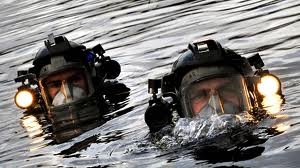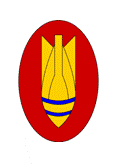85 Years of Bomb Disposal - EOD Today 
Today there are two distinct formations within the British Army and Reserves that deal with Explosive Ordnance Disposal (EOD); the Royal Engineers (RE) and the Royal Logistic Corps (RLC):
The RE EOD specialists have two specific roles during peacetime and operations comprising conventional munitions disposal such as bombs, mortars and artillery shells, and the provision of High Assurance Search specialists who are trained to find IEDs and weapon caches. The RE has two units, 33 Engineer Regiment (EOD) and 101 (City of London) Engineer Regiment (EOD). Both are ‘hybrid’ Units formed of Regular Army and Army Reserve personnel.
The RLC has 11 EOD Regiment and is the specialist unit responsible for counter terrorist bomb disposal and the recovery and safe disposal of conventional munitions. They also inspect and licence ammunition storage and enforce explosives safety regulations. They are supported by the Royal Corps of Signals who provide Electronic Counter Measures and Communication capabilities.
The Royal Navy and Royal Air Force also have the following EOD Capabilities:

Royal Navy Fleet Diving Squadron comprising Northern Diving Group, Southern Diving Group delivering Maritime EOD Force Protection with the Fleet Diving Group having a land bomb disposal role overseas.
The RAF Number 5131 Bomb Disposal Squadron is a sub-unit within the Armament Support Unit which delivers and develops EOD capability to support UK defence policy. Airfield EOD assets provide rapid Explosive Ordnance Clearance (EOC) of UXO and other explosive hazards prior to or during Detached Operation Bases activation. No 5131 (BD) Sqn is the spearhead element of RAF EOD capability and specialises in the rapid clearance of aircraft operating surfaces from air dropped and other ordnance.
This brief history looks at bomb disposal through the ages highlighting the units, personnel and equipment of the Royal Engineers.





 Royal Navy Fleet Diving Squadron comprising Northern Diving Group, Southern Diving Group delivering Maritime EOD Force Protection with the Fleet Diving Group having a land bomb disposal role overseas.
Royal Navy Fleet Diving Squadron comprising Northern Diving Group, Southern Diving Group delivering Maritime EOD Force Protection with the Fleet Diving Group having a land bomb disposal role overseas.